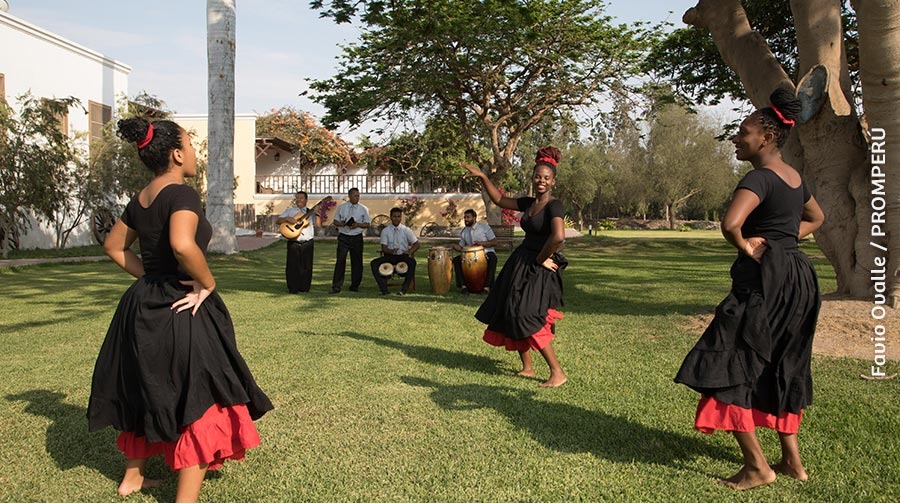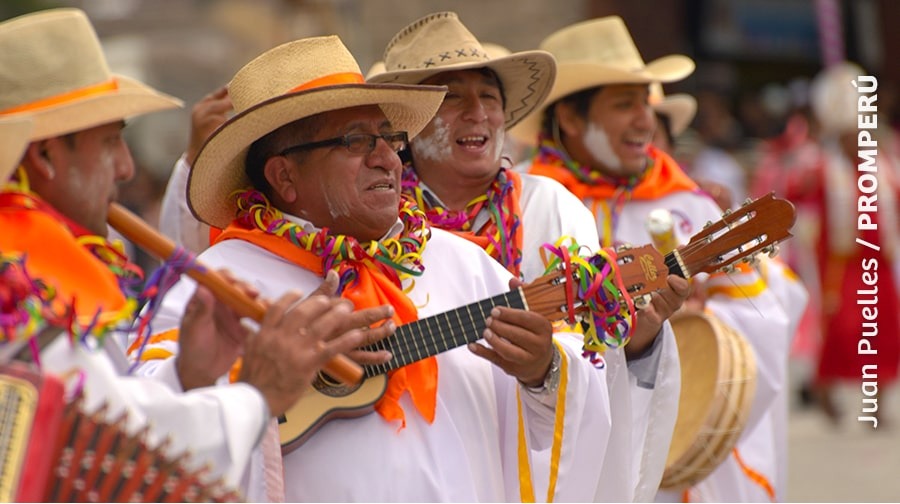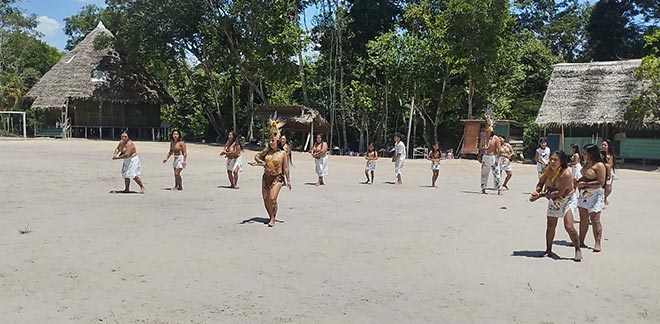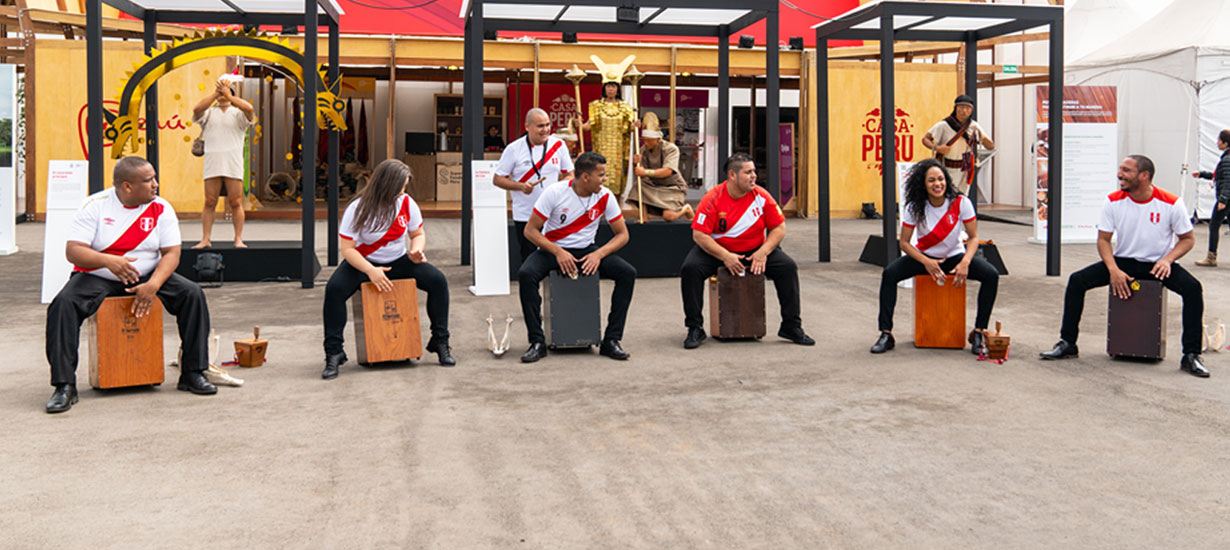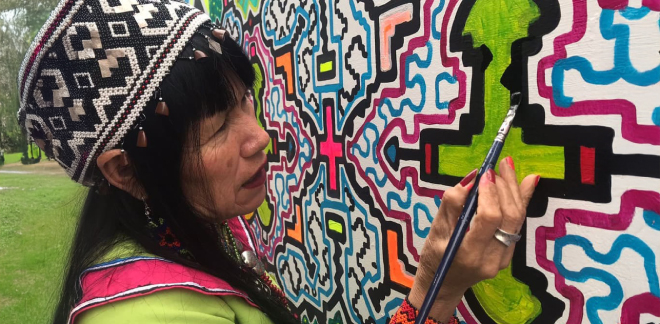A rhythm with a lot of history and pride: Festejo. How did this Peruvian dance originate?
Síguenos en:Google News
The Afro-Peruvian rhythm par excellence is undoubtedly the festejo. Learn all about this dance and its cultural contribution, which makes each and every Peruvian feel proud.
Like many other artistic expressions of Peru, the festejo is full of history, passion and pride. This dance has its origins in the 17th century, thanks to the Africans who arrived in the country and did not hesitate to share their rhythms with the Peruvian inhabitants of that time. What we know today as festejo is a joyful rhythm as a way of challenge or courtship. It is extremely interesting.
In its first stage it served as an accompaniment to African narratives about all kinds of misfortunes or achievements: love, customs, pain or suffering. These explorations of voice and body were performed together with percussion instruments such as the Peruvian cajon, the congas, the bongo and the quijada (donkey’s jawbone.)
The most renowned decimista (a singer of decimas) of Afro-Peruvian culture are Nicomedes Santa Cruz and, of course, Porfirio Vásquez, who, in 1940, dared to merge the steps of “Son de los diablos” with “La resbalosa,” which gave rise to what we know today as festejo. As time went by, it expanded and, towards the 60’s, the work of composer Pepe Villalobos with the festejo began to be more widely accepted by record companies and became popular.
But, doubtlessly, the greatest representative of Afro-descendant culture, and therefore of all its expressions, such as the festejo, was Victoria Santa Cruz. Thanks to the work she did in the Conjunto Nacional de Folklore (Folklore National Emsemble,) Afro-Peruvian dances began to receive more space and even respect for their effort and showiness.
Once festejo becomes independent of the narrations, it evolves into a dance full of energy; those that make you want to dance or move your hips. The steps are varied, but they are usually a combination of movements in the same place, and then agile, flirtatious and strong displacements. The support is usually on the tip of the toes, for small jumps and quick turns. Swaying hips is echoed in the arms. In the case of the girls, the movement of skirts is an organic part of the dance.
Nowadays, the festejo and Afro music in our country is applauded and celebrated. Artists such as Lucila Campos, Caitro Soto, Bartola, Eva Ayllon, Arturo “Zambo” Cavero and others have left their mark, not only in the cultural contribution of their community, but also in Peru.
Let’s dance with pride!


